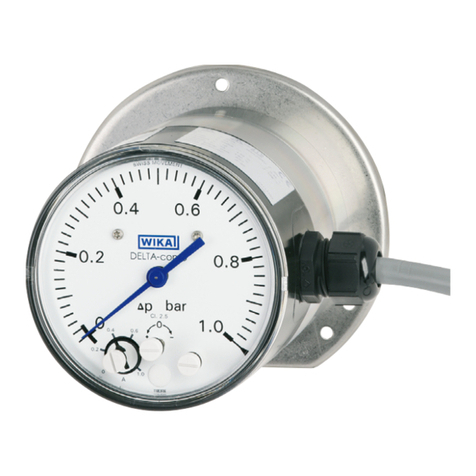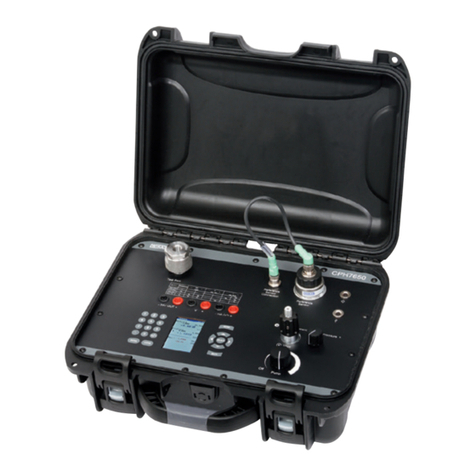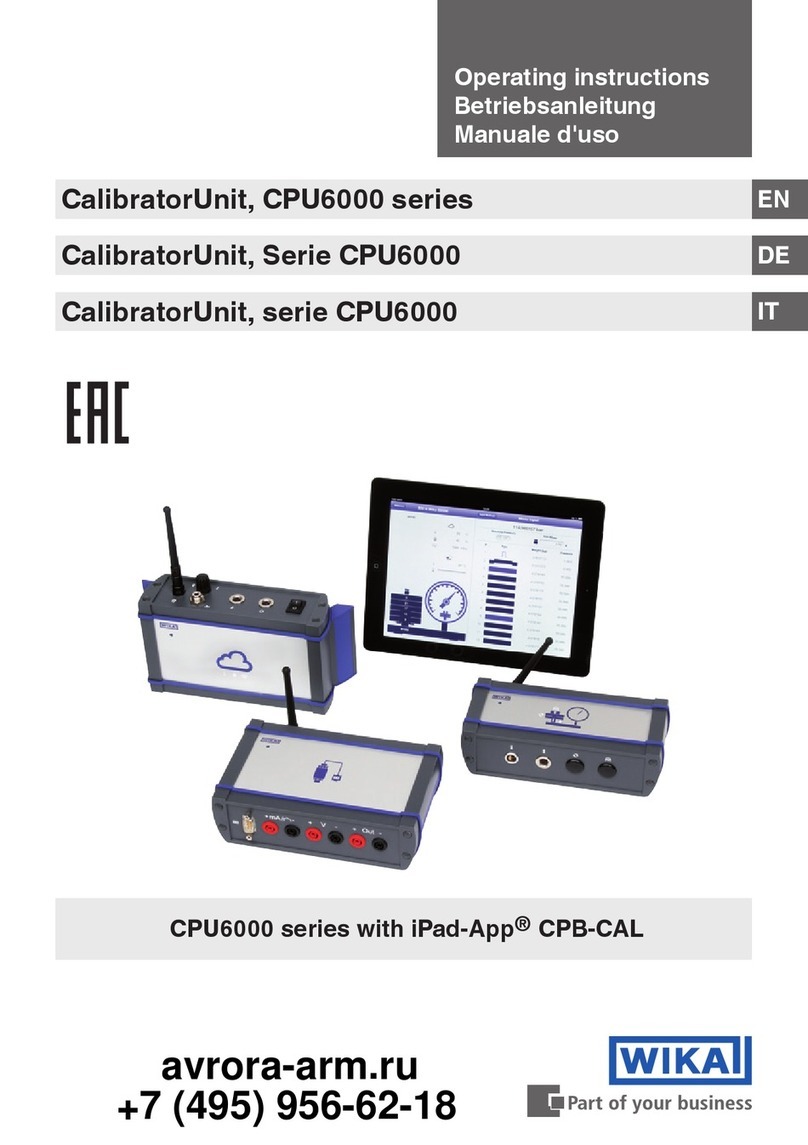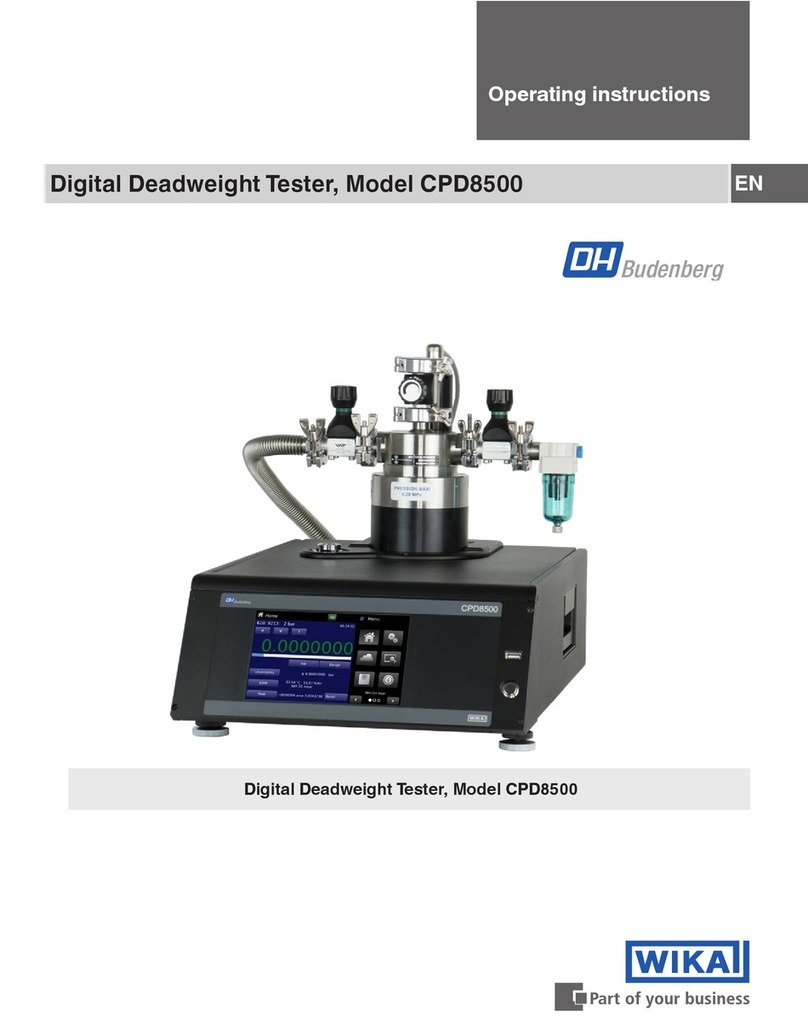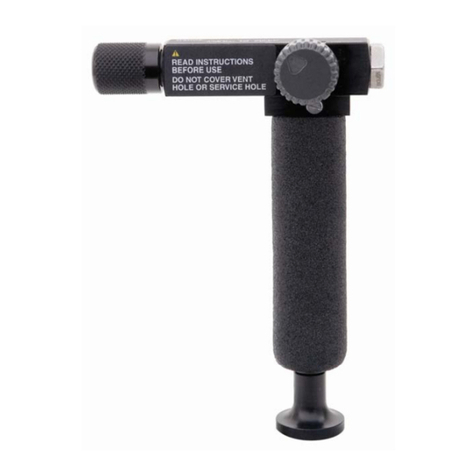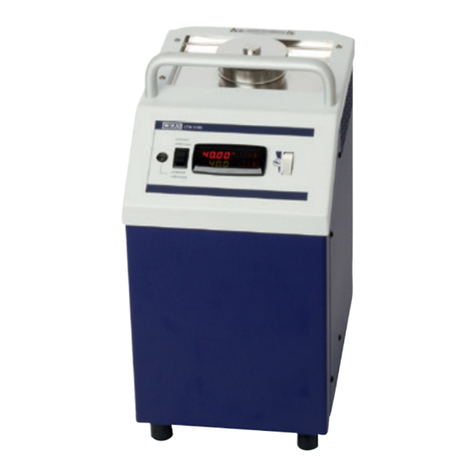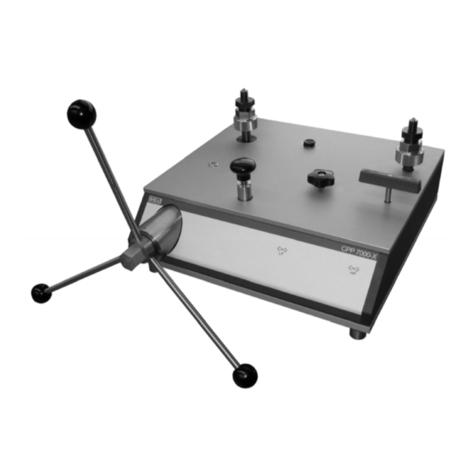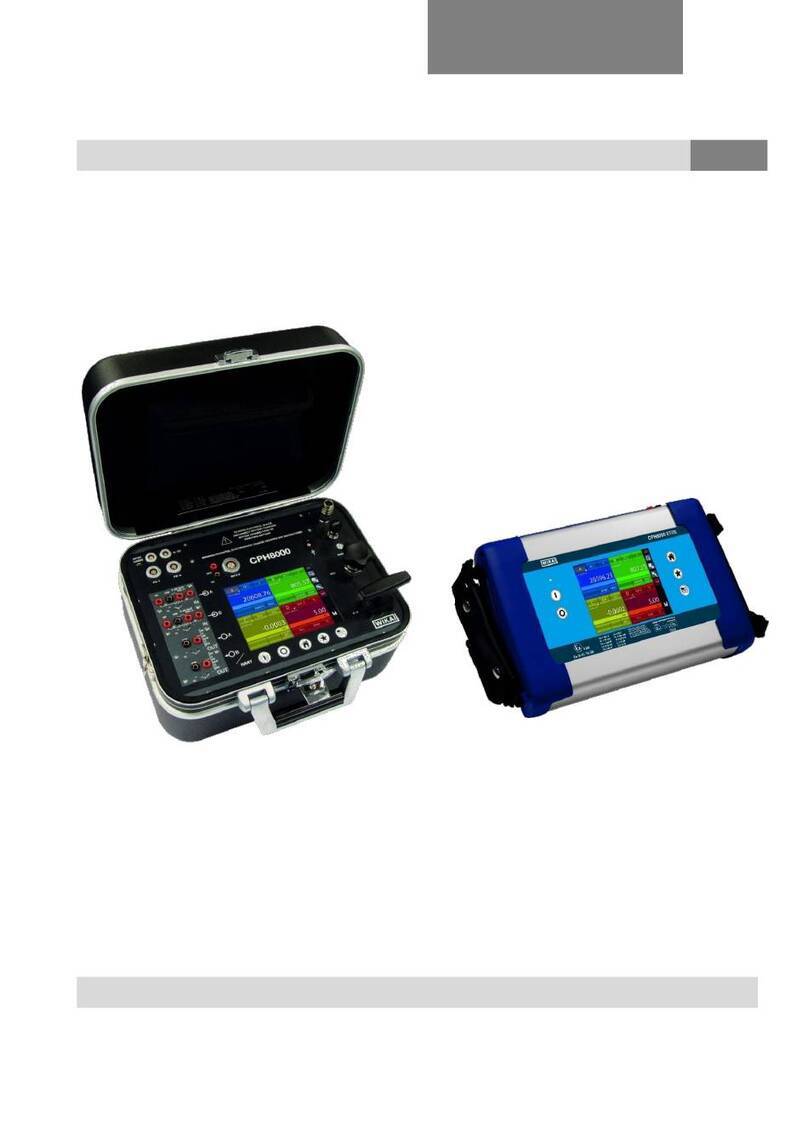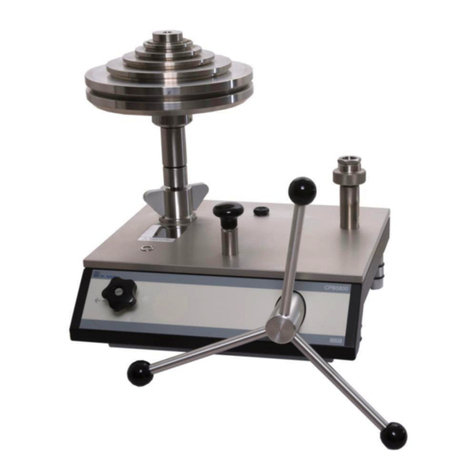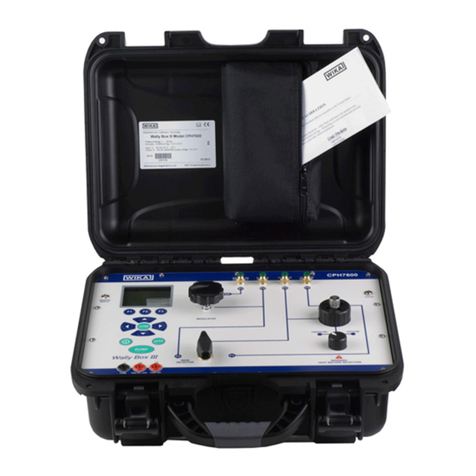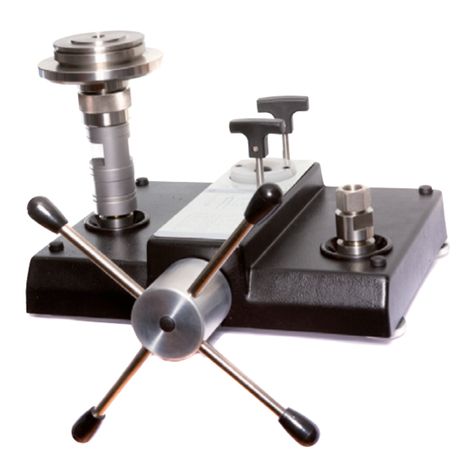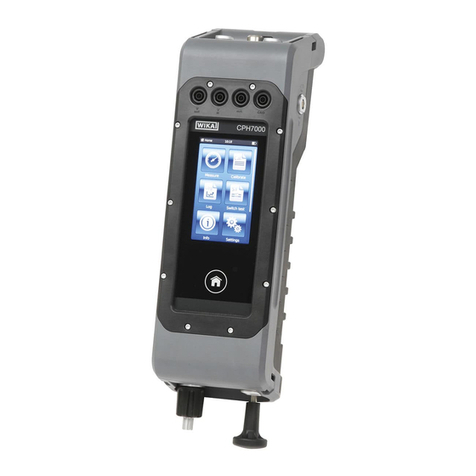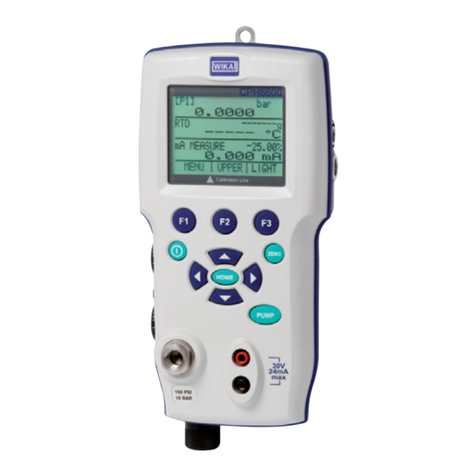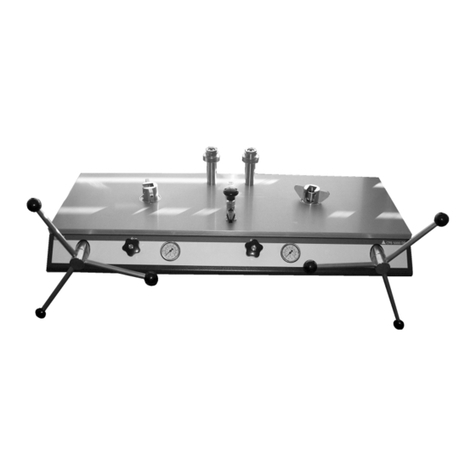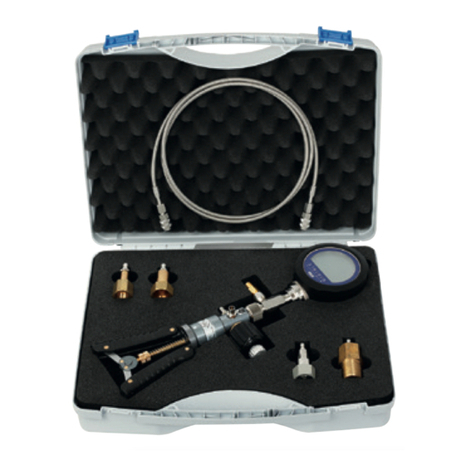
3WIKA operating instructions, model CPB3500
14147066.01 06/2023 EN/DE
EN
Contents
1. General information 5
1.1 Abbreviations, definitions. . . . . . . . . . . . . . . . . . . . . . . . . . 5
1.2 Explanation of symbols . . . . . . . . . . . . . . . . . . . . . . . . . . 6
2. Short overview 6
2.1 Overview . . . . . . . . . . . . . . . . . . . . . . . . . . . . . . . 6
2.2 Description . . . . . . . . . . . . . . . . . . . . . . . . . . . . . . 7
2.3 Scope of delivery . . . . . . . . . . . . . . . . . . . . . . . . . . . . 7
3. Safety 8
3.1 Intended use . . . . . . . . . . . . . . . . . . . . . . . . . . . . . . 8
3.2 Improper use . . . . . . . . . . . . . . . . . . . . . . . . . . . . . . 8
3.3 Personnel qualification . . . . . . . . . . . . . . . . . . . . . . . . . . 9
3.4 Personal protective equipment . . . . . . . . . . . . . . . . . . . . . . . . 9
4. Transport, packaging and storage 10
4.1 Transport . . . . . . . . . . . . . . . . . . . . . . . . . . . . . . . 10
4.2 Packaging and storage . . . . . . . . . . . . . . . . . . . . . . . . . . 10
5. Design and function 11
5.1 Description . . . . . . . . . . . . . . . . . . . . . . . . . . . . . . 11
5.2 Base . . . . . . . . . . . . . . . . . . . . . . . . . . . . . . . . 11
5.3 The piston-cylinder system model CPS3500 . . . . . . . . . . . . . . . . . . . 12
5.4 Piston range . . . . . . . . . . . . . . . . . . . . . . . . . . . . . . 13
5.4.1 Range 0.015 ... 1 bar (pure gas) . . . . . . . . . . . . . . . . . . . . . . . . . . . . . . . . . 13
5.4.2 Range 0.1 ... 7 bar (pure gas) . . . . . . . . . . . . . . . . . . . . . . . . . . . . . . . . . . . 13
5.4.3 Range 0.2 ... 25 bar (pure gas) . . . . . . . . . . . . . . . . . . . . . . . . . . . . . . . . . . 14
5.4.4 Range 1 ... 70 and 1 ... 120 bar (oil-lubricated, gas-operated) . . . . . . . . . . . . . . . . . 14
5.5 Function . . . . . . . . . . . . . . . . . . . . . . . . . . . . . . . 14
6. Commissioning, operation 15
6.1 Unpacking the dead-weight tester. . . . . . . . . . . . . . . . . . . . . . . 15
6.2 Ambient conditions. . . . . . . . . . . . . . . . . . . . . . . . . . . . 15
6.3 Installing the base . . . . . . . . . . . . . . . . . . . . . . . . . . . . 16
6.4 Assembly of the dead-weight tester . . . . . . . . . . . . . . . . . . . . . . 16
6.5 Connecting the pneumatic pressure supply . . . . . . . . . . . . . . . . . . . 16
6.6 Connection of the test item . . . . . . . . . . . . . . . . . . . . . . . . . 17
6.7 Post-assembly test . . . . . . . . . . . . . . . . . . . . . . . . . . . . 18
6.8 Pressure calibration . . . . . . . . . . . . . . . . . . . . . . . . . . . 18
6.8.1 Procedure all positive pressure units . . . . . . . . . . . . . . . . . . . . . . . . . . . . . . . 18
6.8.2 Procedure vacuum calibration -1 ... -0.015 bar . . . . . . . . . . . . . . . . . . . . . . . . . 18
6.8.3 Inlet and vent valves . . . . . . . . . . . . . . . . . . . . . . . . . . . . . . . . . . . . . . . . 19
6.8.4 During calibration . . . . . . . . . . . . . . . . . . . . . . . . . . . . . . . . . . . . . . . . . 19
6.8.5 Pressure range 1 ... 70 bar and 1 ... 120 bar only! . . . . . . . . . . . . . . . . . . . . . . . . 20
6.9 Completion . . . . . . . . . . . . . . . . . . . . . . . . . . . . . . 20
6.10 Temperature measurement of piston . . . . . . . . . . . . . . . . . . . . . . 20
6.11 Cleaning the measuring instruments . . . . . . . . . . . . . . . . . . . . . . 21
Contents
